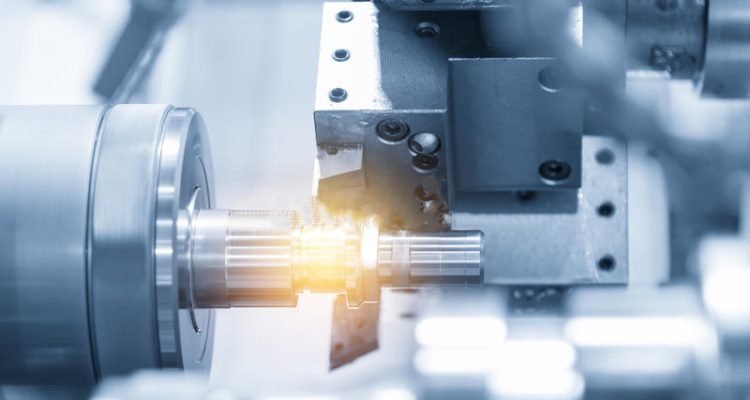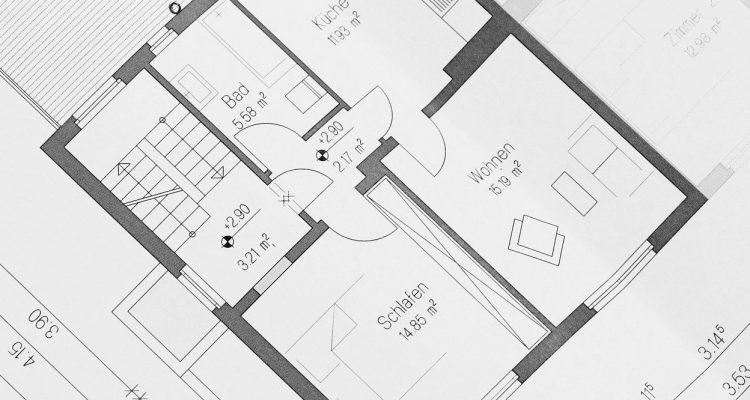
What is a ball screw used for
There are many mechanical devices that use ball screws to achieve high-precision linear motion, such as CNC machine tools, automated production lines, and medical equipment. The ball screws can convert the rotating motion of the motor into a linear movement of slides up to 0.01 mm, thus representing one part in any CNC machine that largely improves accuracy and efficiency during machining. With automated position accuracy of 0.05 mm, it can increase production by about 25% in automated lines. Ball screws move similarly in medical equipment, where they guide robotic arms to within a margin of error less than one millimeter, circumventing surgical failure by about fifteen percent.
Application in CNC Machines
Ball screws are a high-precision mechanical transmission because of the inherent requirement for exact motion control and repeatable positioning in CNC machines. The ball screws transform the rotational movement of motors into linear motion on slides, positioning tools for cutting accurately. This conversion efficiency can even be higher than 90%, which will not only improve machining accuracy but also greatly increase production efficiency. They offer higher efficiency and are more accurate than conventional sliding screws, usually with an error rate of around 0.01 mm across their entire life cycle.
Intended for practical use, the ball screws can bear high loads while allowing stable operation at high speeds. This generally means that a modern CNC machine can use ball screws capable of supporting several hundred kilograms and with an operational speed over 1000 revolutions per minute to offer precision during operation while also being efficient. For manufacturers of complex parts, such as precision components used in the aerospace and automotive sectors, this capability is crucial.
Ball screws have low sliding friction, which also lends to lower energy consumption and heat production (improving the lifetime of equipment). Ball screws can work for thousands of hours during long-term operation, and maintenance costs are approximately 30% lower compared to traditional screws. The ball screws also self-lubricate, ensuring smooth and quiet operation for the CNC machine, which will reduce any additional vibration or noise during machining, leading to a more stable cutting capacity with higher precision.

Application in Automated Production Lines
In modern automation applications, high quality and fast movement are required to meet production productivity requirements. Because of their top precision and high speeds, ball screws are commonly used in conveyor systems, assembly machinery, and other automated gear. For instance, ball screws are applied to automated assembly lines for vehicle body part positioning and attachment in the automotive manufacturing sector. The manufacturing accuracy can achieve 0.05 mm, and such accurate control not only improves product quality but also reduces errors and defect rates in assembly line work processes, lowering the failure rate by about 20%.
Ball screws are indispensable for the manufacture of electronic products. Ball screws can be used to provide positioning accuracy smaller than 0.01 mm, which is suitable for the installation of electronic components that require high precision in very small spaces. Throughout automation machinery, the use of ball screws can significantly boost overall effectiveness compared to traditional systems, hence reducing time per piece. In the best case, an automated production line with accurate fittings and stylings allows the production of over tens of thousands of items per day, improving efficiency by about 25%.
Logistics systems are another area where ball screws can be used for conveyor slides. Most significantly, logistics centers need to sort and deliver packages in the shortest time. With enough certainty, ball screws—key components in sorting devices within efficient logistics operations—will be able to manage the transport error of packages quickly and accurately virtually every time, lowering such errors down to as little as 1 mm. This ensures that a chassis carrying one package follows just behind another for more accurate delivery.

Application in Medical Equipment
Ball screws are also used in medical devices that require high precision and reliability. Ball screws used in high-precision medical devices like CT scanners and MRI machines play a vital role in positioning critical components to achieve imaging precision. This ensures precise positioning control on the micron level by using ball screws, making it possible to keep medical equipment working reliably and accurately for complex imaging.
Ball screws drive the movement of robotic arms in surgical robots. During surgery, these robots have to be very precise, as even a millimeter-level error could mean injury to healthy tissue in patients. The high precision and low friction properties of ball screws allow them to perform extremely well in such demanding applications, thereby contributing significantly towards completing successful surgeries with safety. Operational precision and success rates of surgical robots using ball screws have been improved by about 15%.
In the realm of laboratory automation equipment, ball screws are key. High-precision sample management and processing in automated equipment are driven by ball screws. Sample processor, dispenser, and analyzer processes are driven by ball screws. Through analysis, ball screws can achieve sample positioning adjustments with an accuracy of 0.001 mm within a few seconds, ensuring the accuracy and reliability of experimental results. Research has proved that the processing efficiency of laboratory automation equipment with ball screws has increased by approximately 30%.
Application in Construction Equipment
Ball screws are frequently used in construction equipment when accurate control is necessary. An example of this is tower cranes and aerial work platforms that depend on precise height adjustments, which ball screws provide. A tower crane in construction can carry large-weight goods, so in lifting and lowering, it must have accurate height control. Ball screws usually maintain an accuracy error range not exceeding 5 mm to ensure that loads are safely lifted or lowered.
The use of ball screws allows personnel to be more precise, safe, and efficient during high-altitude work, reducing the risk of human error. Construction equipment using ball screws has improved operational efficiency by 20% and also cut the accident rate by around 15%, according to statistics.
Ball screws are capable of carrying high loads with precision, which allows them to be more efficient in these applications and ensure the safety associated with equipment operations. For example, in bridge construction, ball screws are used to adjust the position of specific components, maintaining them for long periods without any adverse effects. For bridge construction with ball screws, the accuracy of installation can be improved to millimeter-level, which is beneficial for improving the engineering quality and stability of bridges.



